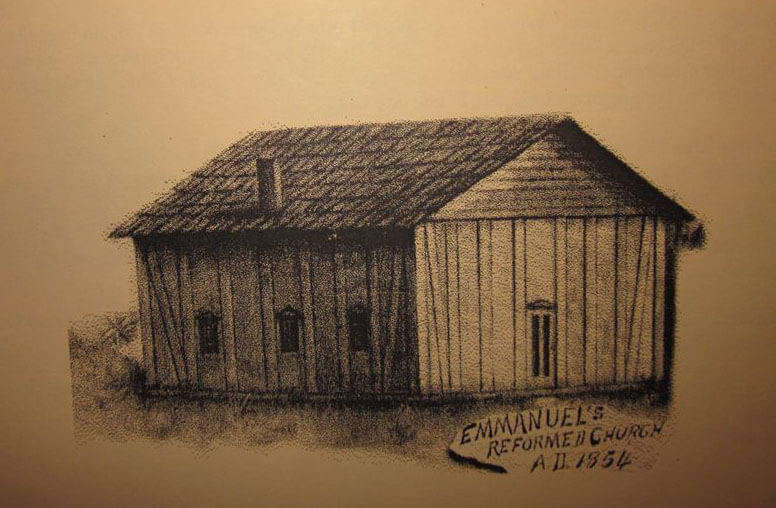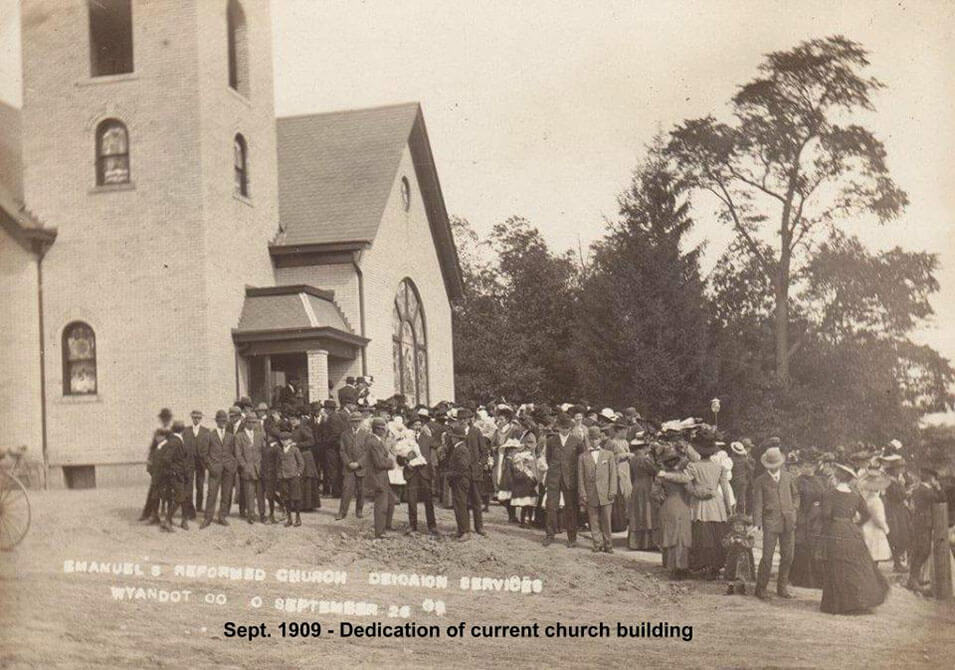About Us
Mud Church
...at the corner of Corn and Beans
We often joke that Emanuel is “located at the corner of Corn and Beans.” It’s a fun way of accepting our rural location and rural heritage, both of which we see as advantages.
For folks at The Mud Church, the sound of tractors and combines provides evidence of God’s creation, and the miracle of life. Perhaps that’s why we focus our mission projects on three categories: clean water, hunger, and youth.
Many in our church family don’t come from the farm. They are drawn to The Mud Church for a variety of reasons: an invitation from a friend, or they married into the church family, to name a couple. Ask them why, and they’ll probably tell you they like the idea of a neighborhood church with a peaceful, country setting, and preaching and study that hits home.
Mostly it’s this . . . whether at the corner of Corn and Beans, or at the corner of Main Street, the most important thing is that you go to a church where you can feel the presence of God, and be part of a church family that is working to make a difference in the neighborhood, and around the world.
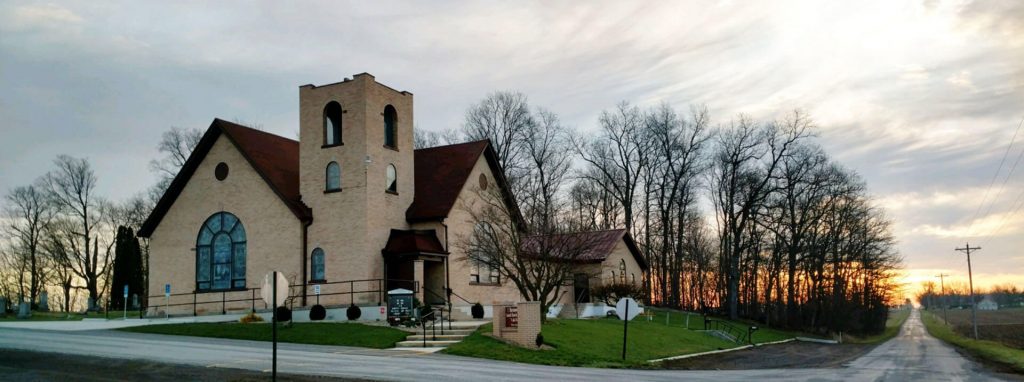
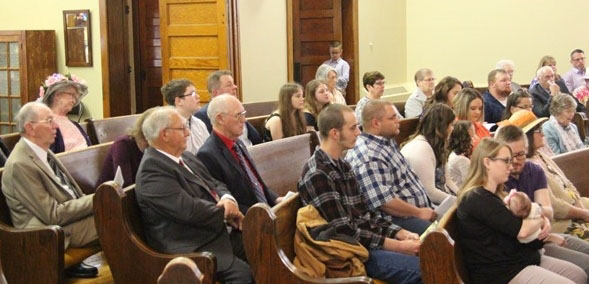
Our Pastor
Jay Scott
Pastor Jay Scott lives and works on a family farm. He brings a rural perspective with down-to-earth stories that illustrate how we are to live our lives according to the word and examples of Jesus Christ.
Pastor Jay received a call to pastoral ministry well into his adult life, and his own spiritual journey brought him to “The Mud Church!” where his agriculture heritage and his life experience are very much a part of his weekly message.
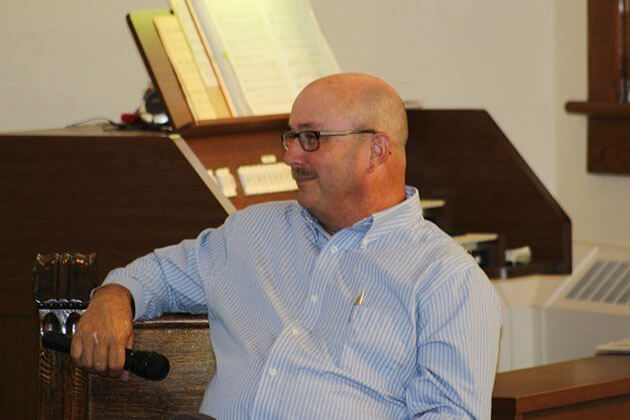
Our History
Why is it called "Mud Church"?
The Mud Church congregation was formed in 1852, but it wouldn’t be for another three years that the nickname would be applied – literally.
A group of German families who had settled on land southeast of present-day Upper Sandusky initially began meeting in homes to worship God. In 1855, those pioneering Christians constructed a small, modest building which they called “Emanuel,” based on scripture that foretold the birth of Jesus.
“The virgin will be with child and will give birth to a son, and they will call him Emanuel, which means ‘God With Us.’”
– Matthew 1:23
To seal the little church from the weather, its builders applied a
plaster made of mud and straw – an early means of energy efficiency. Ever since, even after a second – and the third and present building made of bricks – were built on the site, Emanuel has been known as “The Mud Church!”
